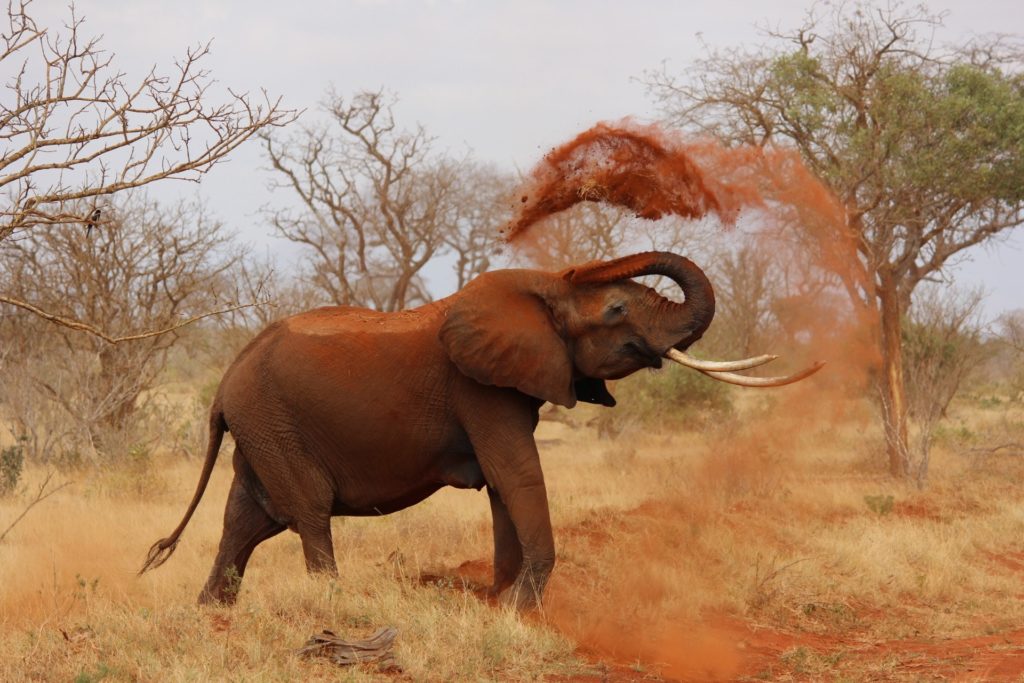
We love elephants for their majestic size and intelligence. It’s impressive how an elephant can remember someone or an event several decades later. Unfortunately, you’ve heard claims that elephants in Kenya are going extinct, which concerns you. Is there any truth to this?
According to the WWF Kenya (World Wide Fund for Nature Kenya), the IUCN (International Union for Conservation of Nature) categorizes the African Elephant as’ vulnerable.’ According to the CITES (Convention on International Trade in Endangered Species of Wild Fauna and Flora), it’s also on the red list of threatened species.
The African elephant is key to Kenya’s economic development, so it’s understandable why they’ve put much effort into their conservation. Here’s what you need to know about the African elephant, the role it plays in the environment, and the conservation efforts Kenya has put in.
But first;
What is the African elephant?
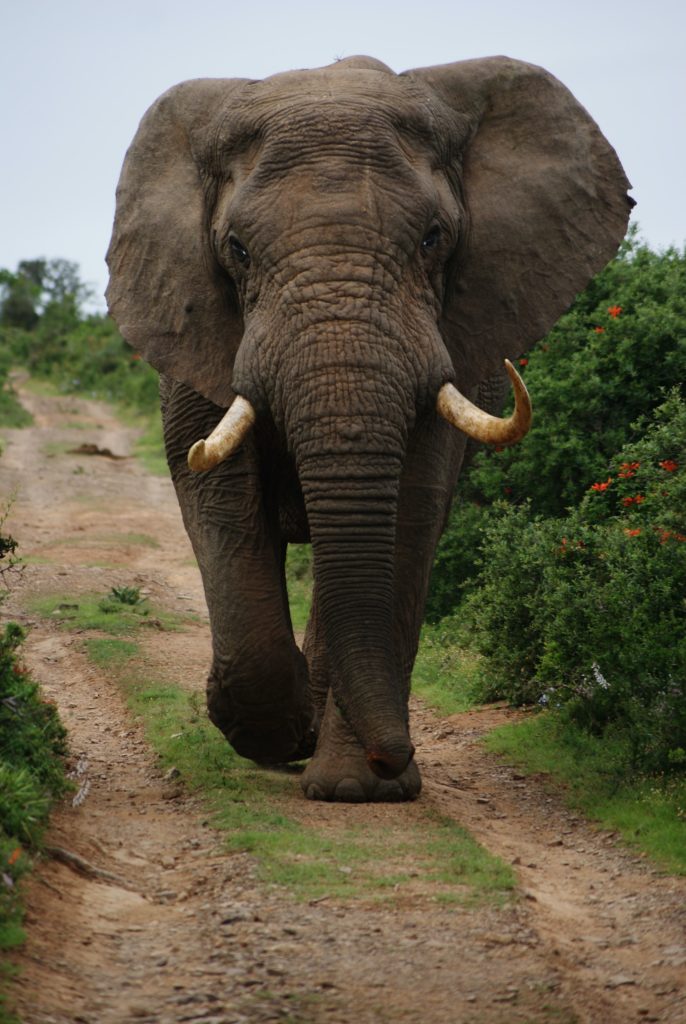
The African elephant is the largest animal on land, weighing nearly 2 tons. They wander in herds through 37 African countries, including Kenya. They are recognizable by their large trunks, which they use for handling objects, communication, and spraying water.
Their ears are large to dissipate heat (by surface area and fanning). Their upper incisor teeth grow into large tusks over their lifetime.
The African elephant is categorized into two species:
- Savannah/bush elephant – inhabits eastern and southern African countries, including Kenya, Tanzania, Zimbabwe, Botswana, South Africa, Zambia, and Namibia.
- Forest elephant – Inhabit the rainforests in central and west Africa.
The savannah elephants are larger than forest elephants and have outward curving tusks. Aside from being smaller, the forest elephants are darker, and their tusks are straighter and point downward. There are also notable differences in their skeleton and skull size and shape.
Despite their majestic size, they are in danger of extinction. Their population has been reduced to 415,000 from five million in the past decade.
Why is the elephant population in Kenya falling?
Human-elephant conflict, loss of habitat, and poaching are the top reasons for the elephant population drop in Kenya.
African elephant tusks are important for fighting and digging. But for poachers, these tusks are a means to getting rich. The tusks are highly valuable ivory used to make expensive statues and popular objects in Asia. From time to time, elephants are downed for their skin and meat.
What is Kenya doing about poaching?
According to the KWS, poaching in Kenya has dropped by 90 percent in six years. They attribute this drop to their enhanced surveillance which has helped protect elephants against poachers.
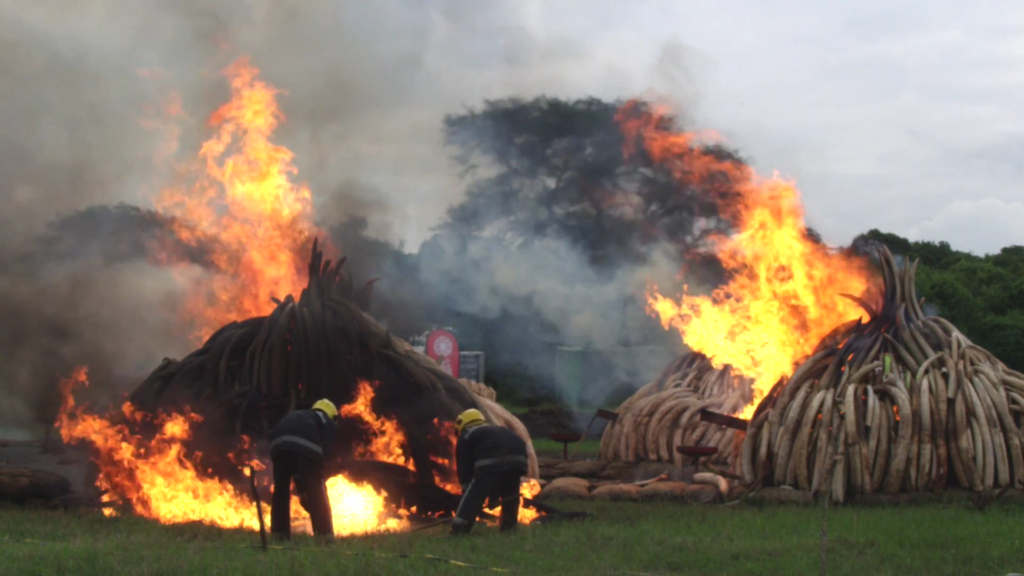
The efforts to stop poaching in Kenya go back to 1989 when the Kenyan government made international news after seizing and burning 12 tons of ivory. That was the largest pile of ivory set ablaze in world history. It was done to show the government’s seriousness in stamping out poaching.
Subsequent governments have also taken steps to discourage poaching and invested in tools and laws to control wildlife crime. These steps include:
- Established national parks, reserves, and sanctuaries through a Parliamentary act in 1989.
- Encouraging the community to report poachers. They also created public awareness and sensitized the public through mainstream media.
- Recruiting and training more wildlife rangers.
- Confiscating illicit firearms and wildlife products.
- Creating harsh laws against wildlife crime.
- Collaborating with like-minded organizations.
- Sealing border loopholes to stop wildlife trafficking.
How will the extinction of the African elephant affect the environment?
According to research, elephants greatly impact organisms in their ecosystem. After reviewing papers on flora and fauna in Africa, John Poulsen, an assistant professor at Duke University’s Nicholas School of Environment, and his colleagues predict that the loss of elephants will reshape ecological processes in their immediate environment.
Species composition, the number and size of large tree species, and the ecosystem’s ability to retain carbon IV oxide will be altered. So basically, killing elephants for their ivory deprives the world of a charismatic and smart species and makes the earth less inhabitable.
The extinction of Africa’s elephants will accelerate the Earth’s climate crisis by increasing the composition of greenhouse gases in the air by 7%. Conversely, conserving African elephants might reverse the trend and offer a $43 billion service for storing carbon.
How can I get involved in saving elephants?
Aside from not purchasing ivory, you can support conservation efforts in Kenya. Below are a few options to get you started.
Sheldrick Wildlife Trust
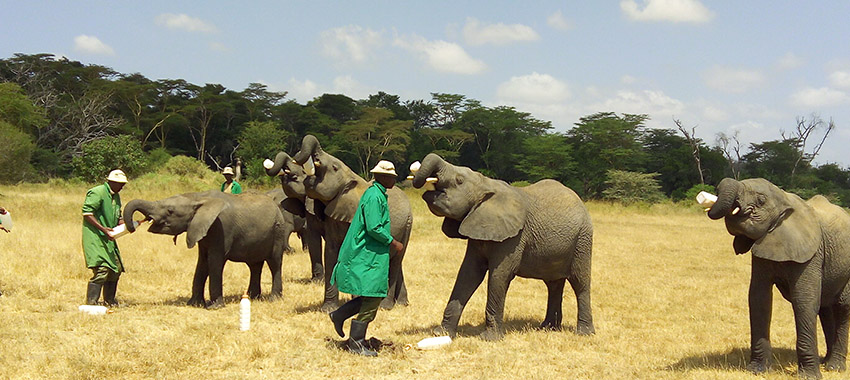
The David Sheldrick Wildlife Trust was started in 1997 by Daphne Sheldrick, who drew inspiration from her husband’s work, the first warden of Tsavo National Park. The Trust operates closely with the Kenyan Wildlife Service, the Kenyan Forest Service, and the local community to protect natural habitats by securing large tracts of land for wildlife.
They are the leading Trust in elephant adoption services which allows them to rescue orphaned baby elephants and rehabilitate them back into the wild. Over the years, they’ve rehabilitated over 200 orphaned elephants and attended to 2,885 in medical need.
You can support their efforts by making a donation or organizing a fundraiser. You can also adopt an orphaned baby elephant for $50 a year.
The Mara Elephant Project
The Mara Elephant Project (MEP) is located in the Maasai Mara Game Reserve, one of the finest destinations in Africa and home to one of the seven natural wonders of the world – the wildebeest migration.
The MEP works hard to protect elephants from the different pressures they face. Knowledgeable and dedicated individuals manage the project in Kenya, making it a great charity to support while on Safari in the Mara.
On your visit and with the help of a guide, you can use tracking devices to spot MEP-collared elephants. You’ll also learn more about the elephant’s travels and actions and how MEP is working to protect them from conflict.
Like with the Sheldrick Trust, you can donate to help with the high daily running costs.
Lewa Wildlife Conservancy
Lewa is a haven for 400+ migratory elephants. The conservancy monitors the elephant population in the conservancy and Northern Kenya with the help of the Kenya Wildlife Service, Northern Rangelands Trust, and Save the Elephants.
They’ve installed non-invasive tracking collars on some elephants to provide information on elephant movement, location, and behavior.
The Lewa conservancy has been proactive in building elephant underpasses to reduce human-elephant conflicts and avoid disruption of elephant migration routes. So far, their efforts have seen a 32% reduction in illegal elephant killings and the construction of 1,200 elephant underpass crossings.
You can support their efforts by making a donation or visiting the conservancy.
Reteti Elephant Sanctuary
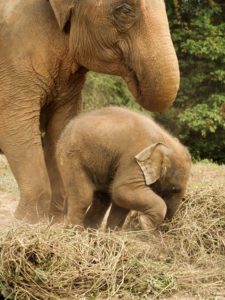
Like Sheldrick Trust, the sanctuary hosts abandoned and orphaned elephant calves to release them back into the wild. Many infant calves in Northern Kenya are abandoned or orphaned when they fall in man-made wells, of parents die of drought, natural mortality, and human-wildlife conflict. The Sanctuary rescues 10-25 infant calves annually in Northern Kenya.
You can adopt an elephant for $50 annually and leave your mark on preserving elephants in Kenya.
Experience elephants in the wild and conservancies
Yes, you don’t have to travel to make a donation and support these conservation efforts. However, we guarantee it’s a wholesome experience visiting these conservancies and having a day of interaction with the elephant calves and hearing stories of the elephant families.
You can feed the elephant calves and experience Kenya’s wild, including the Wildebeest migration. To cross off the experience on your bucket list, contact Capture Kenya Expeditions for an itinerary and quotation for your next Safari.
